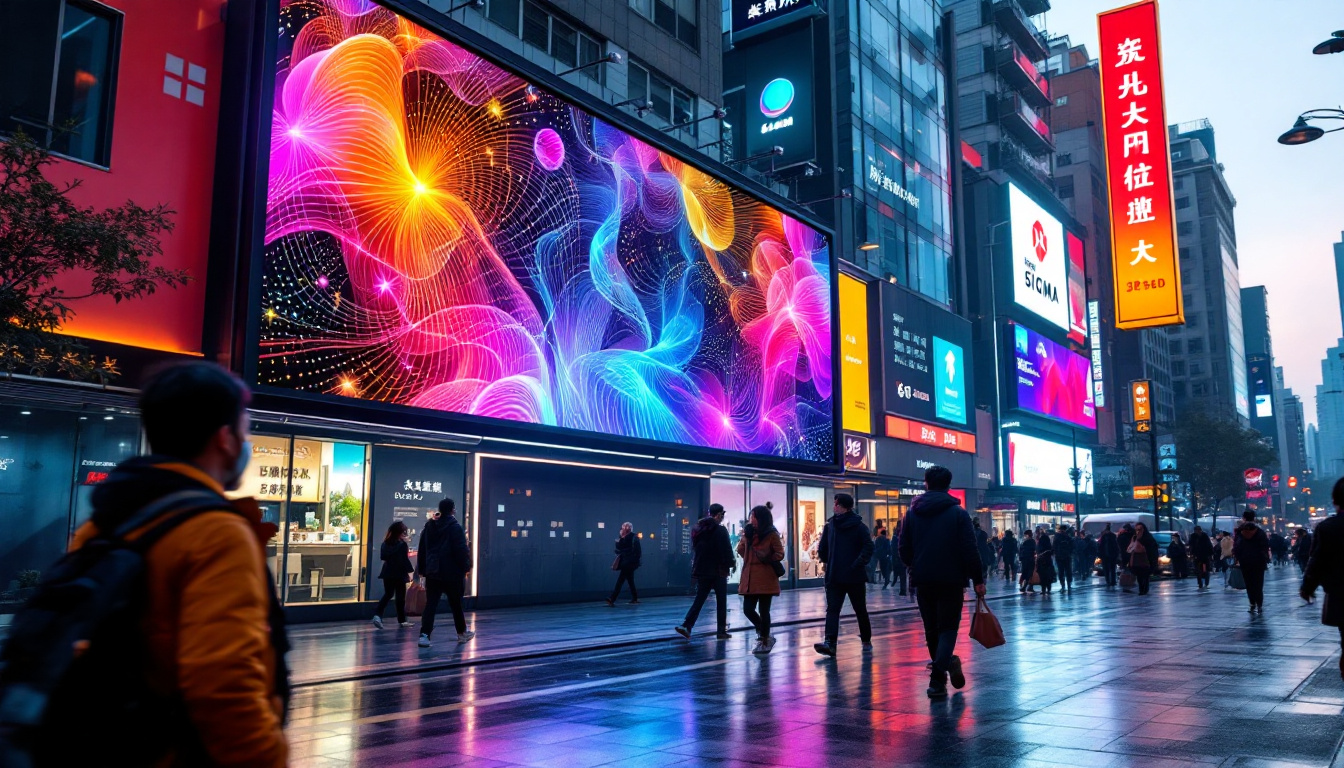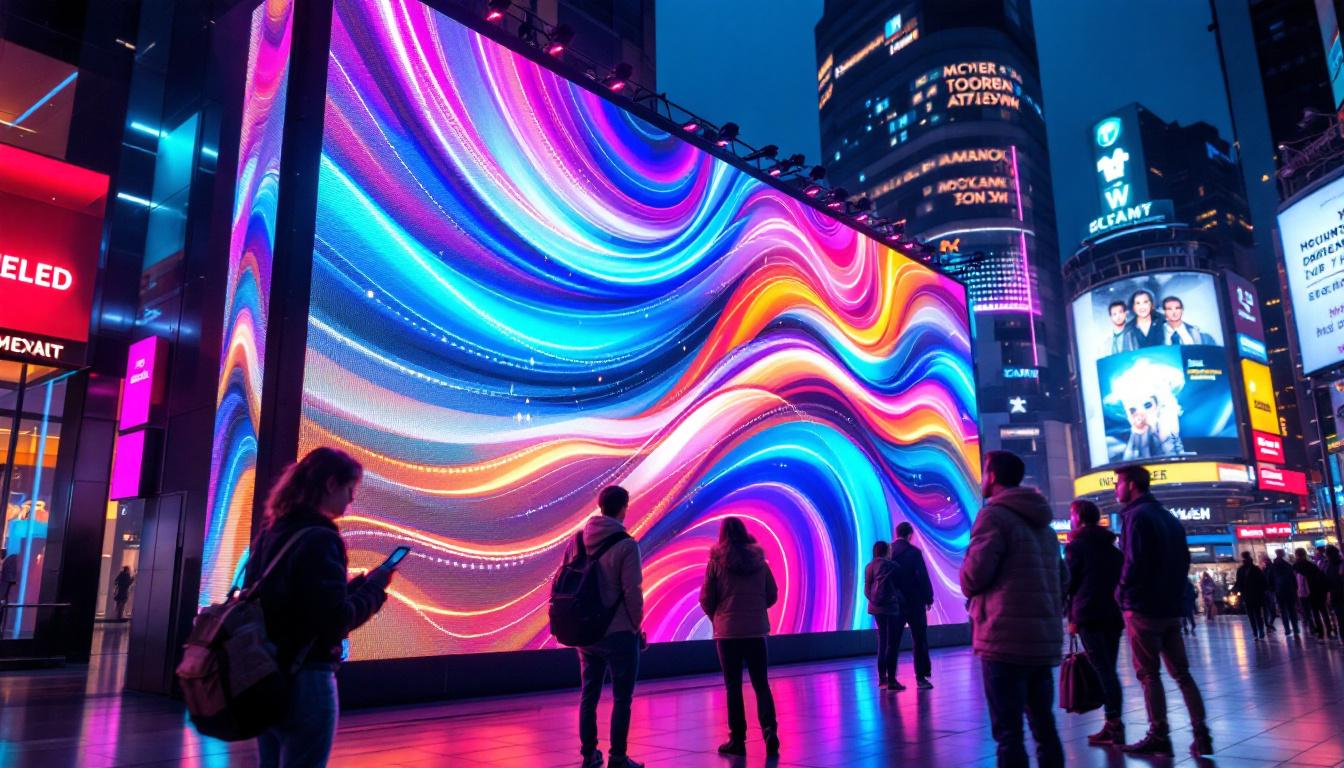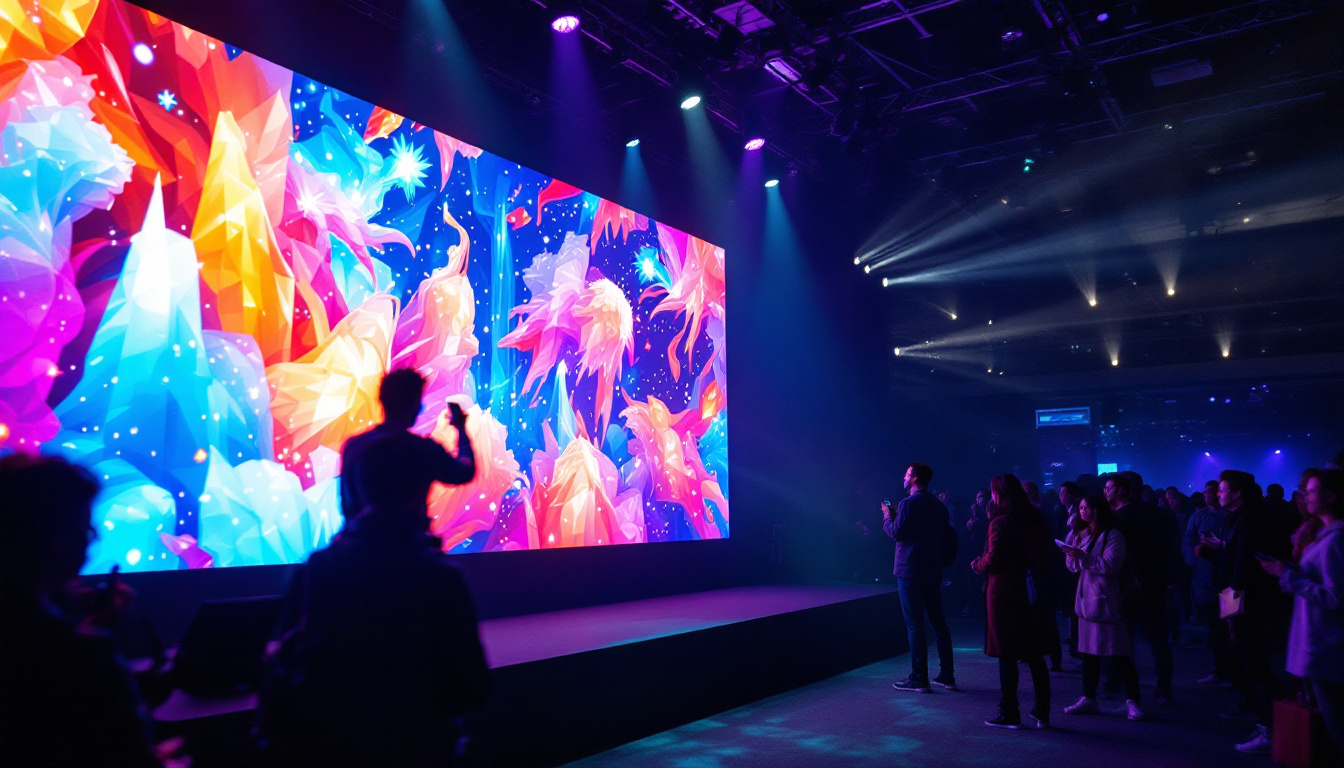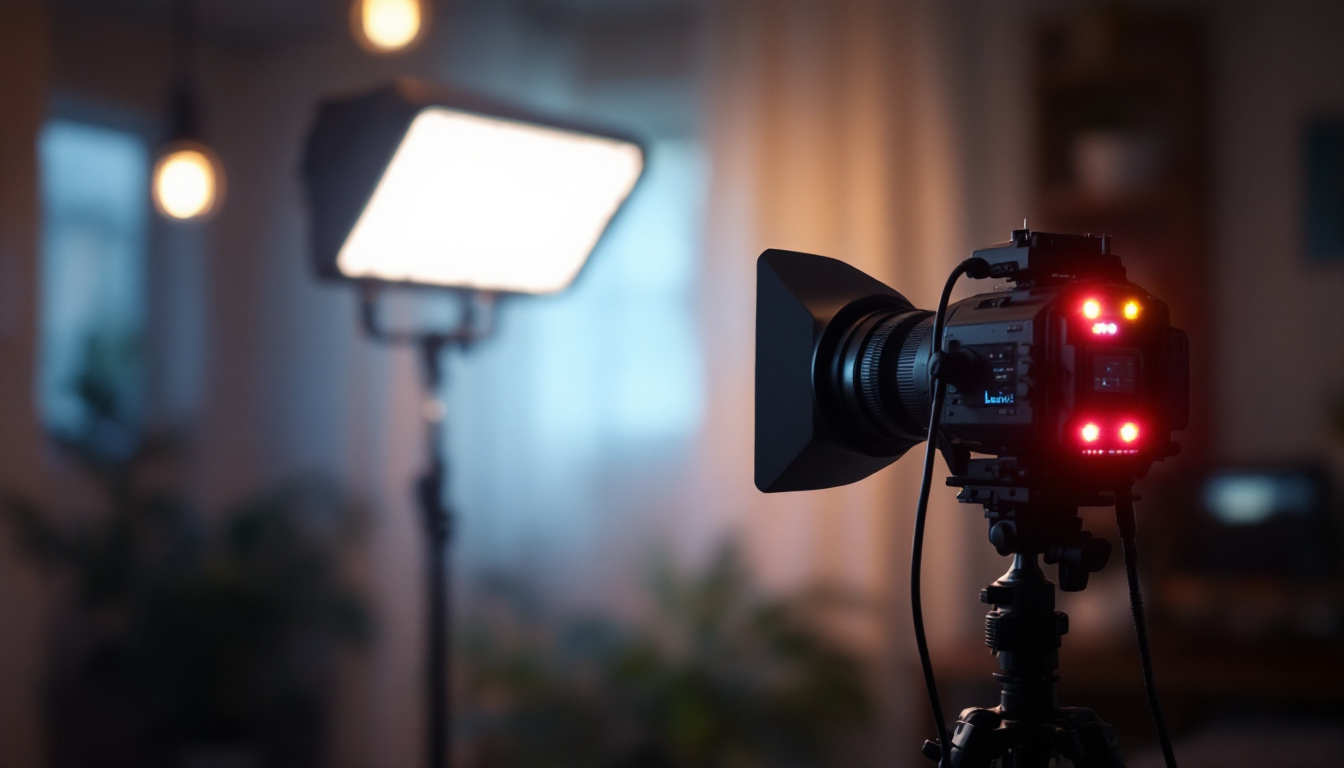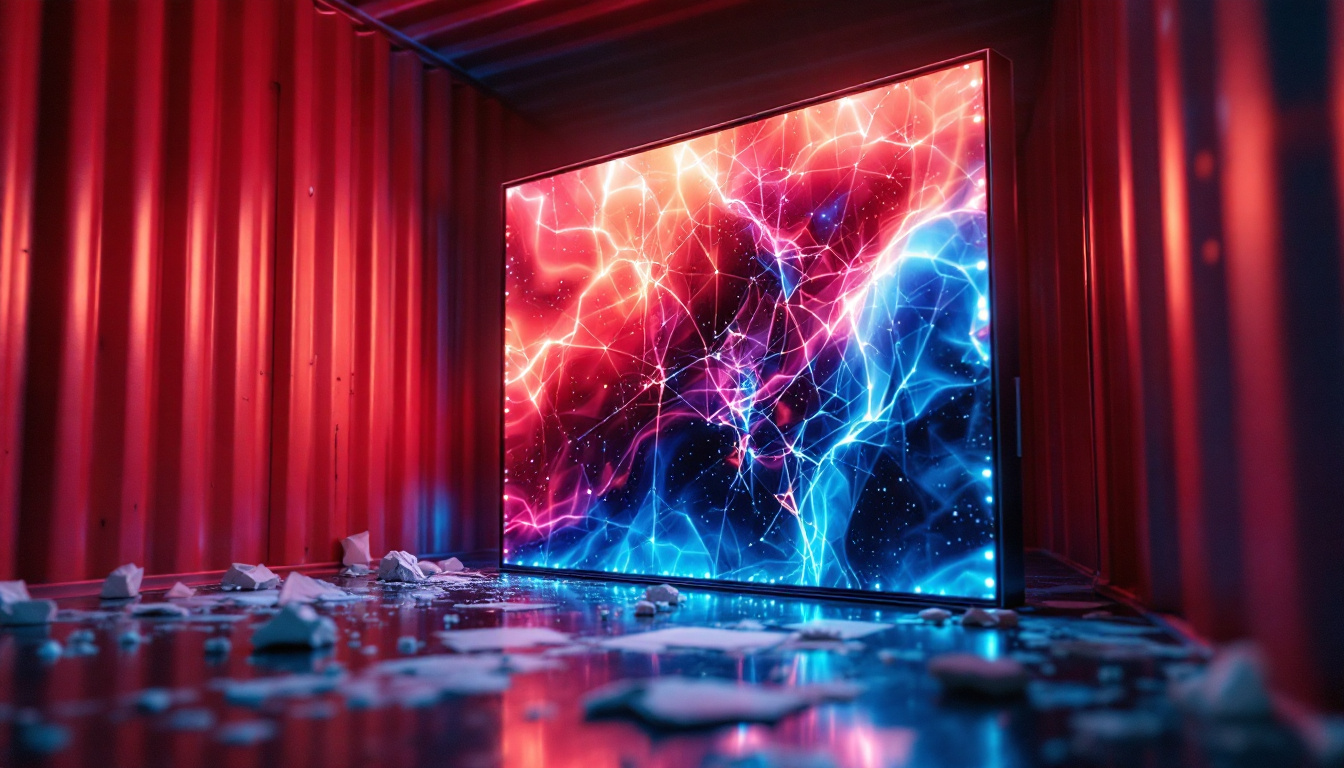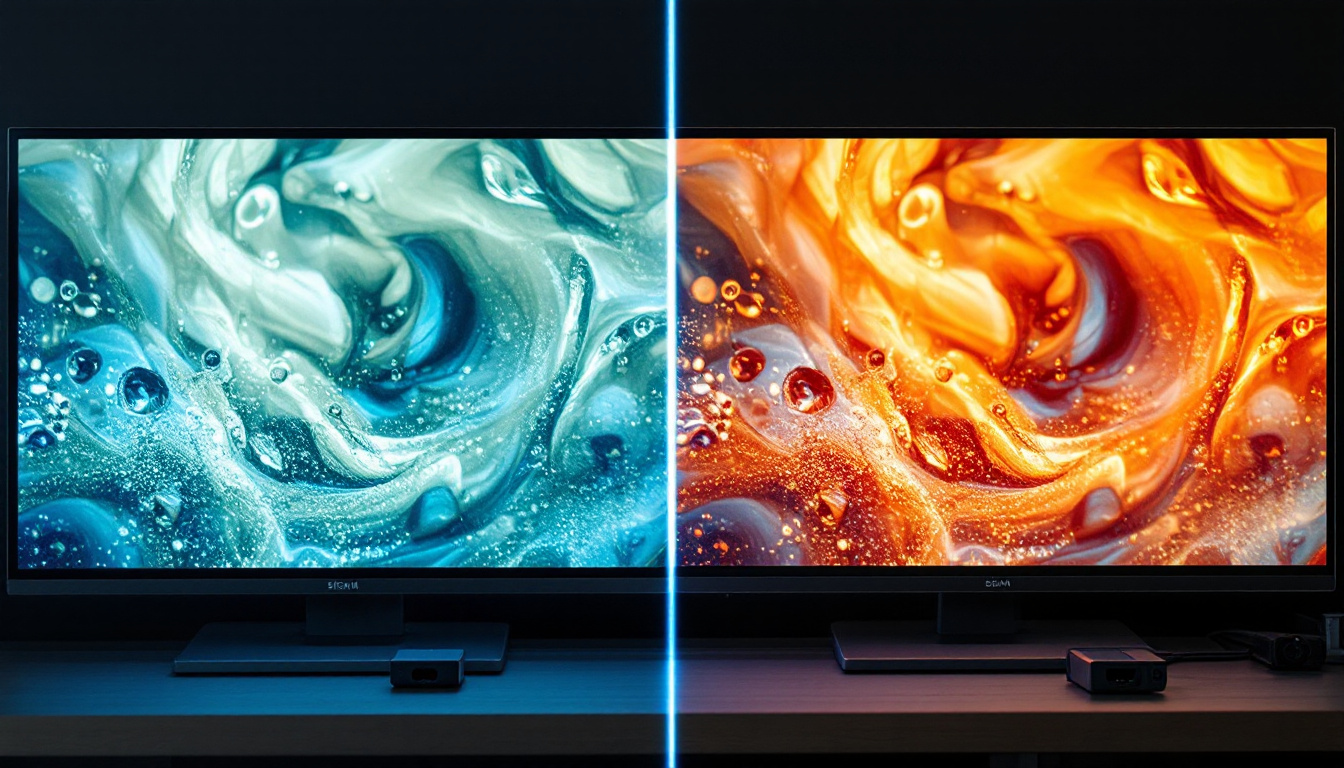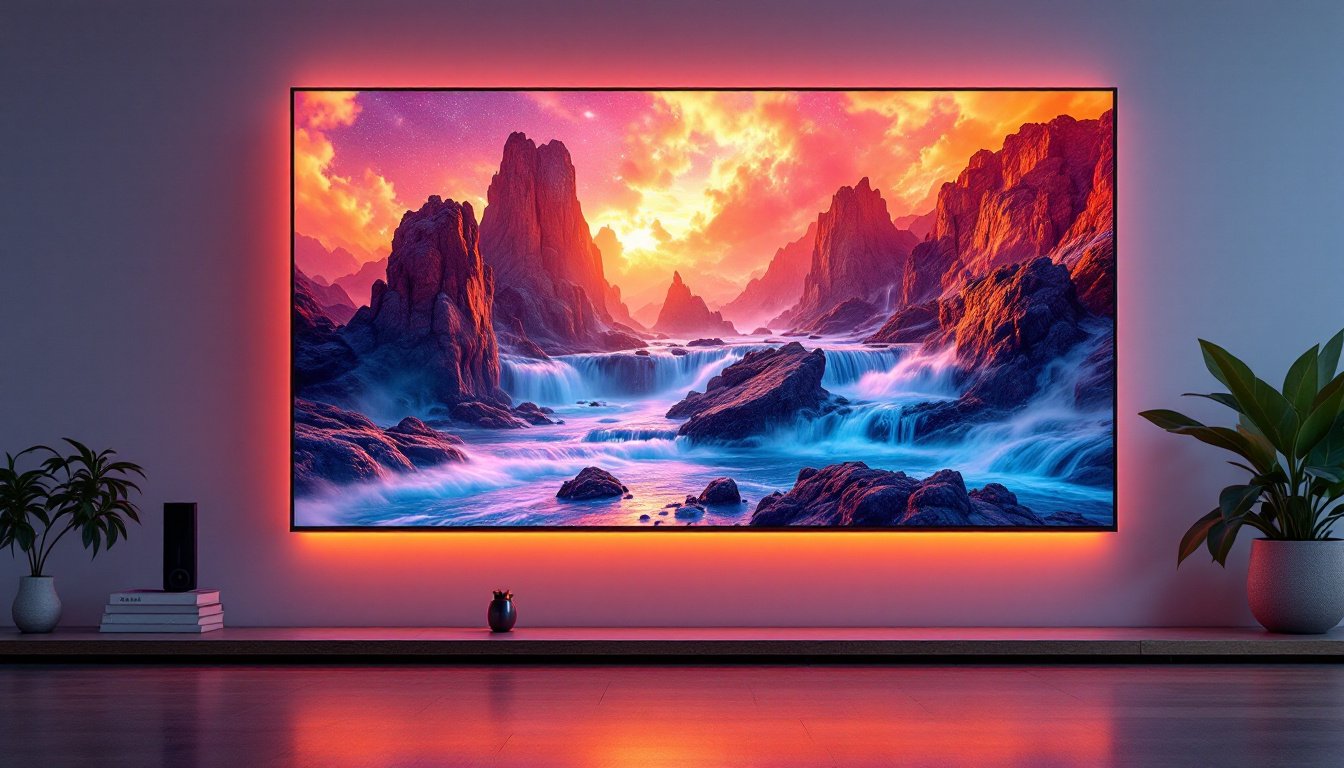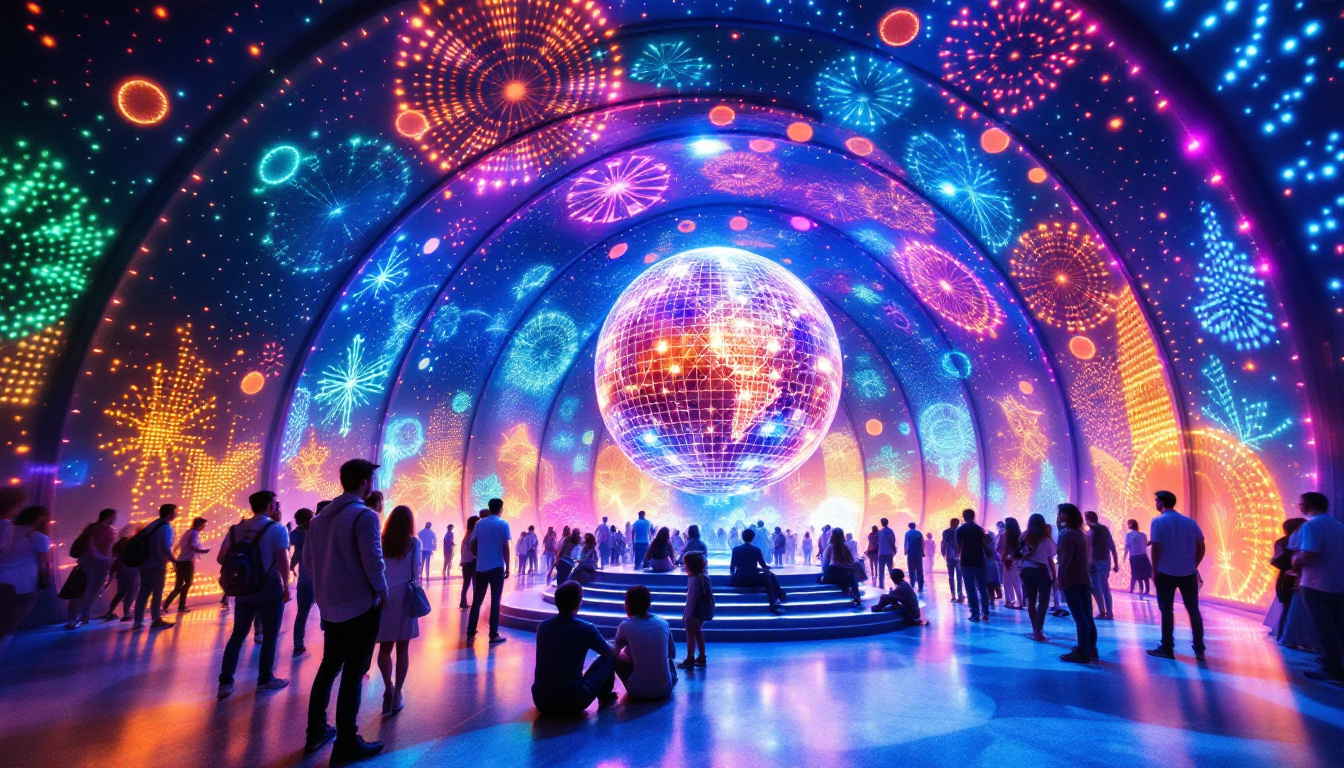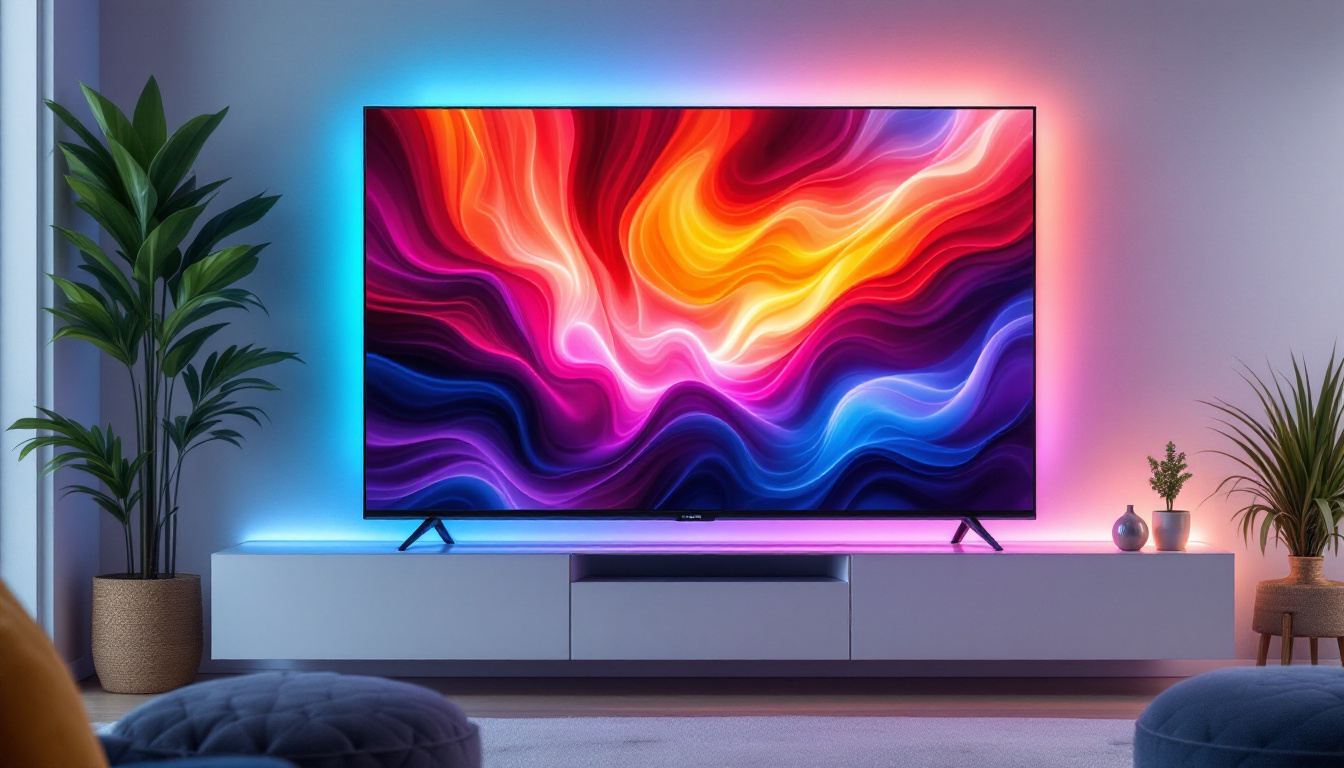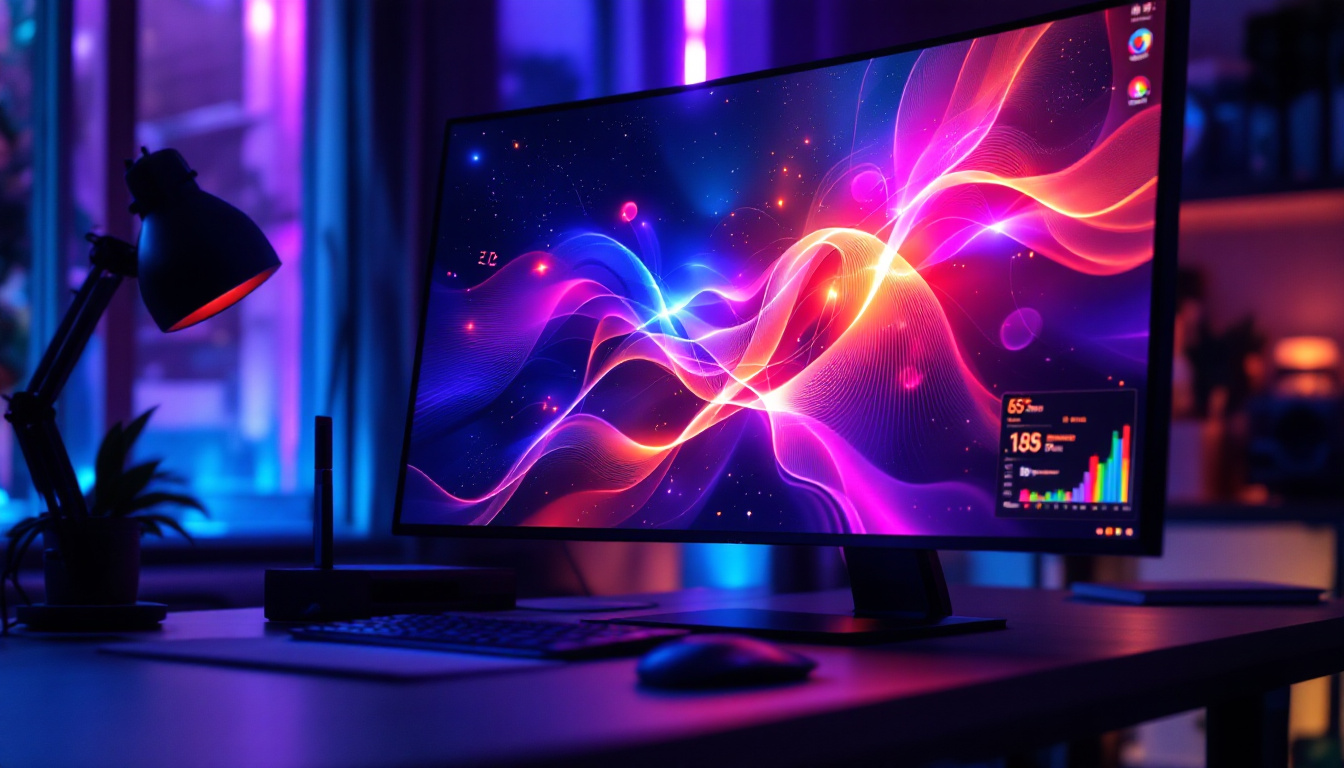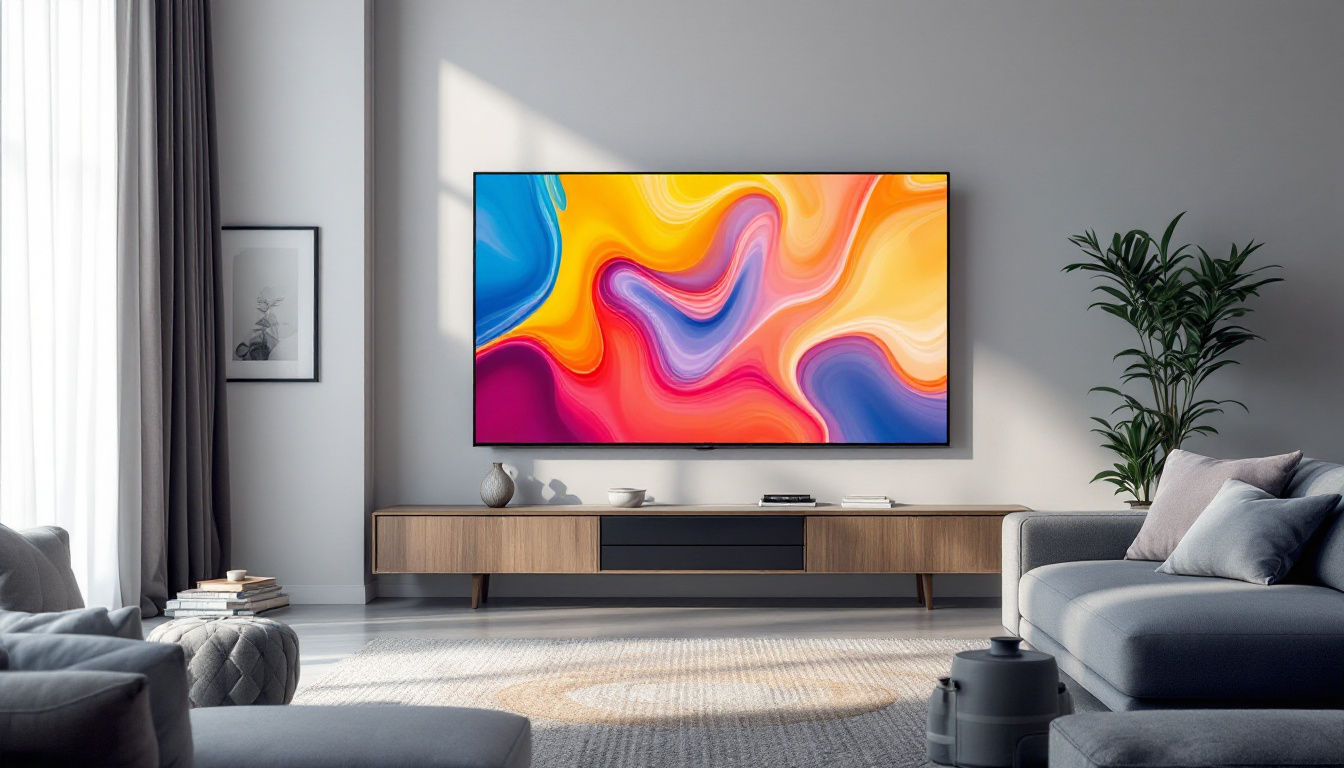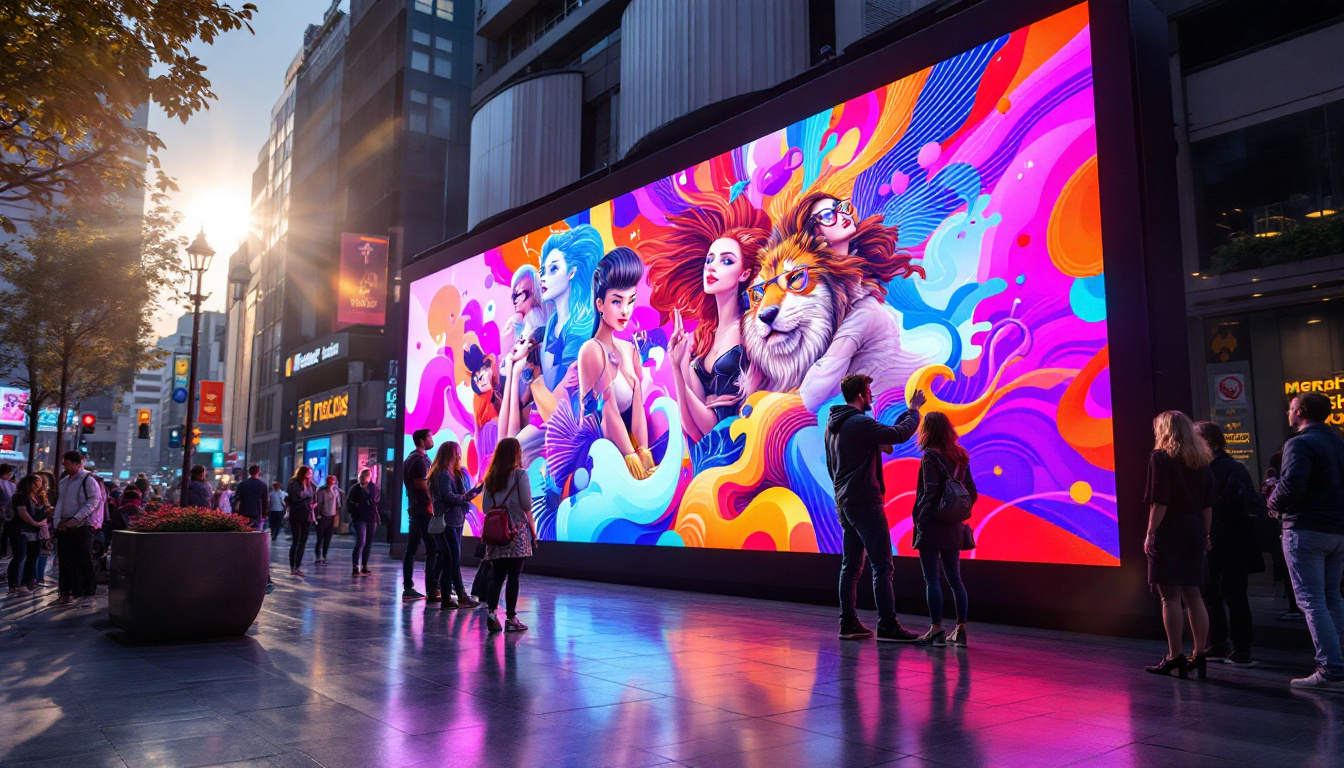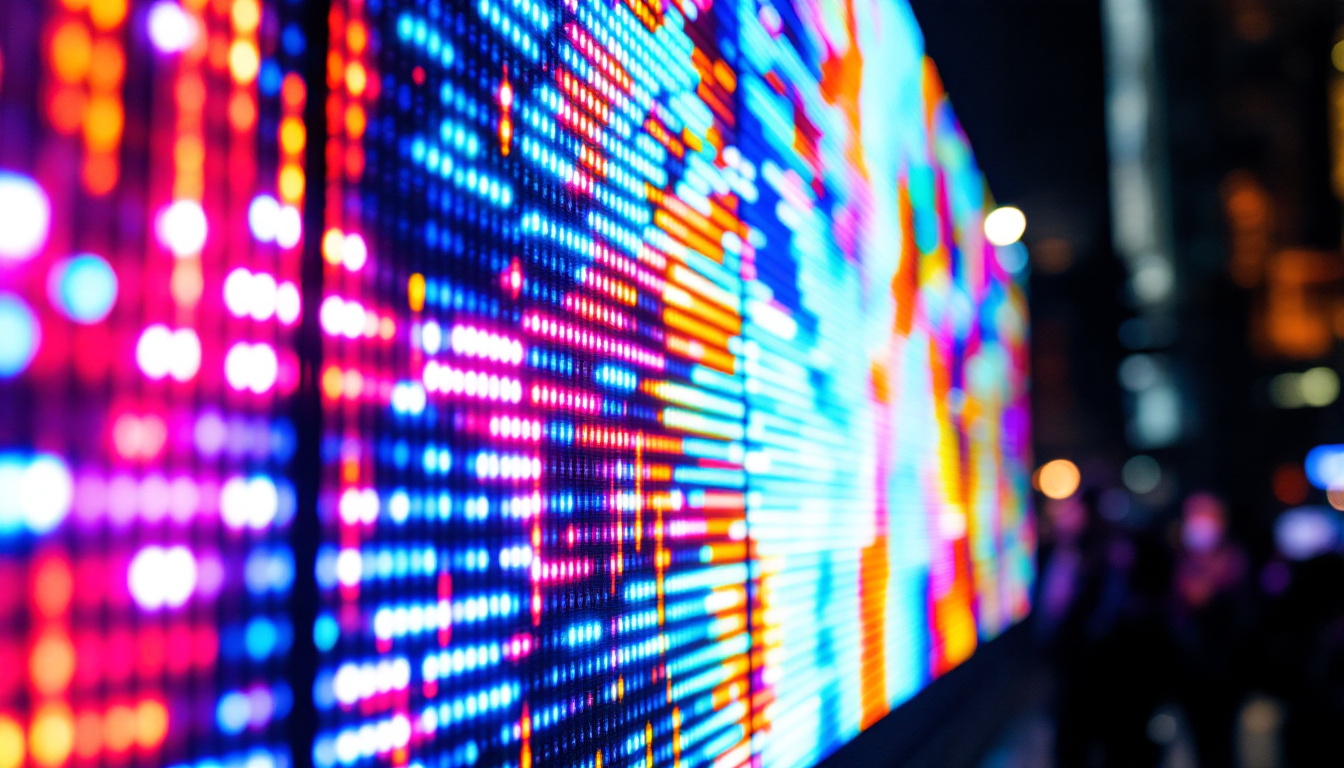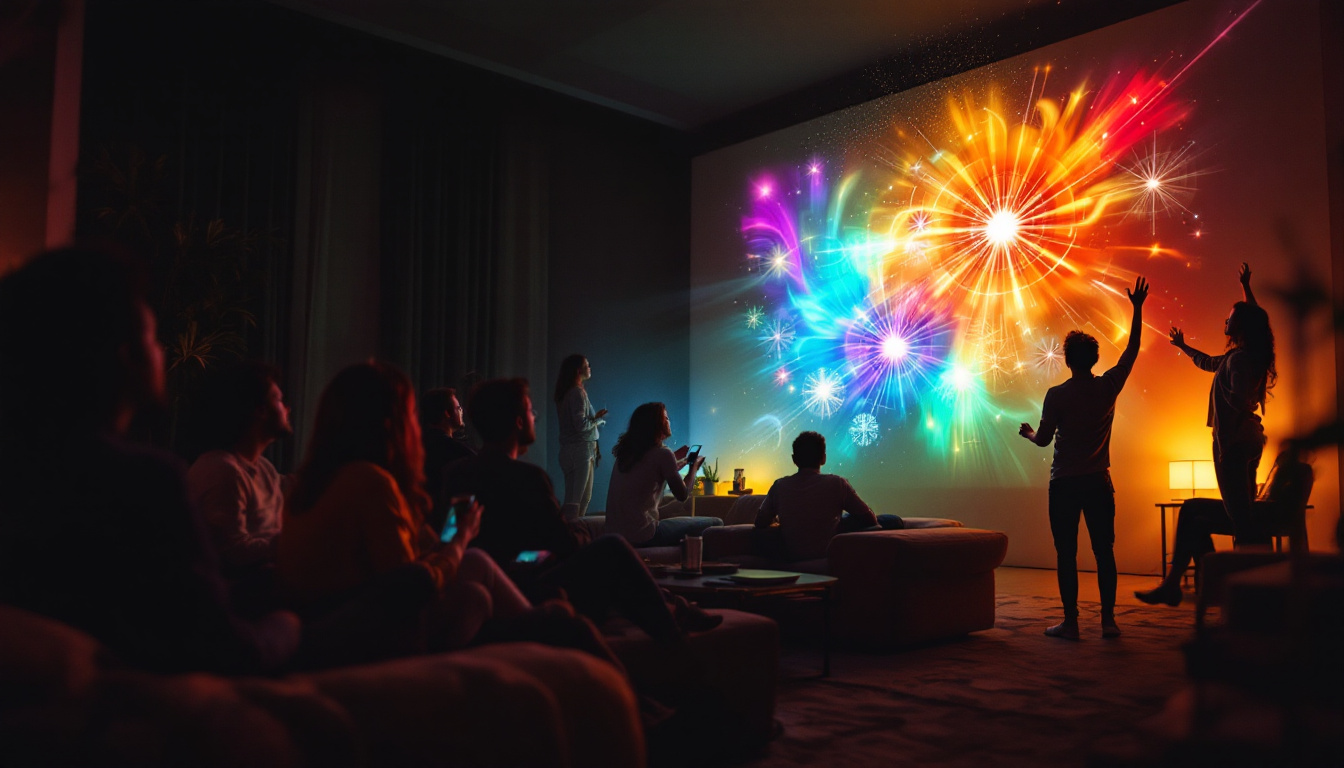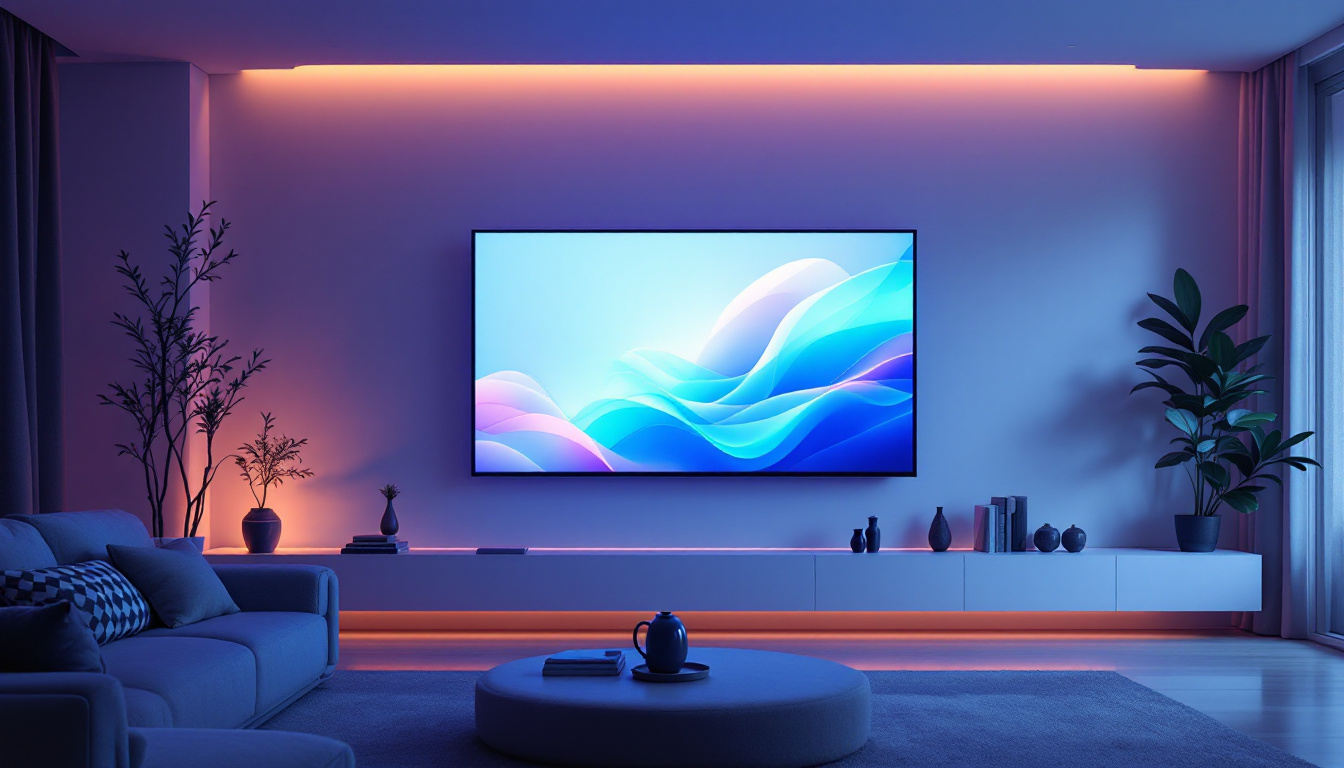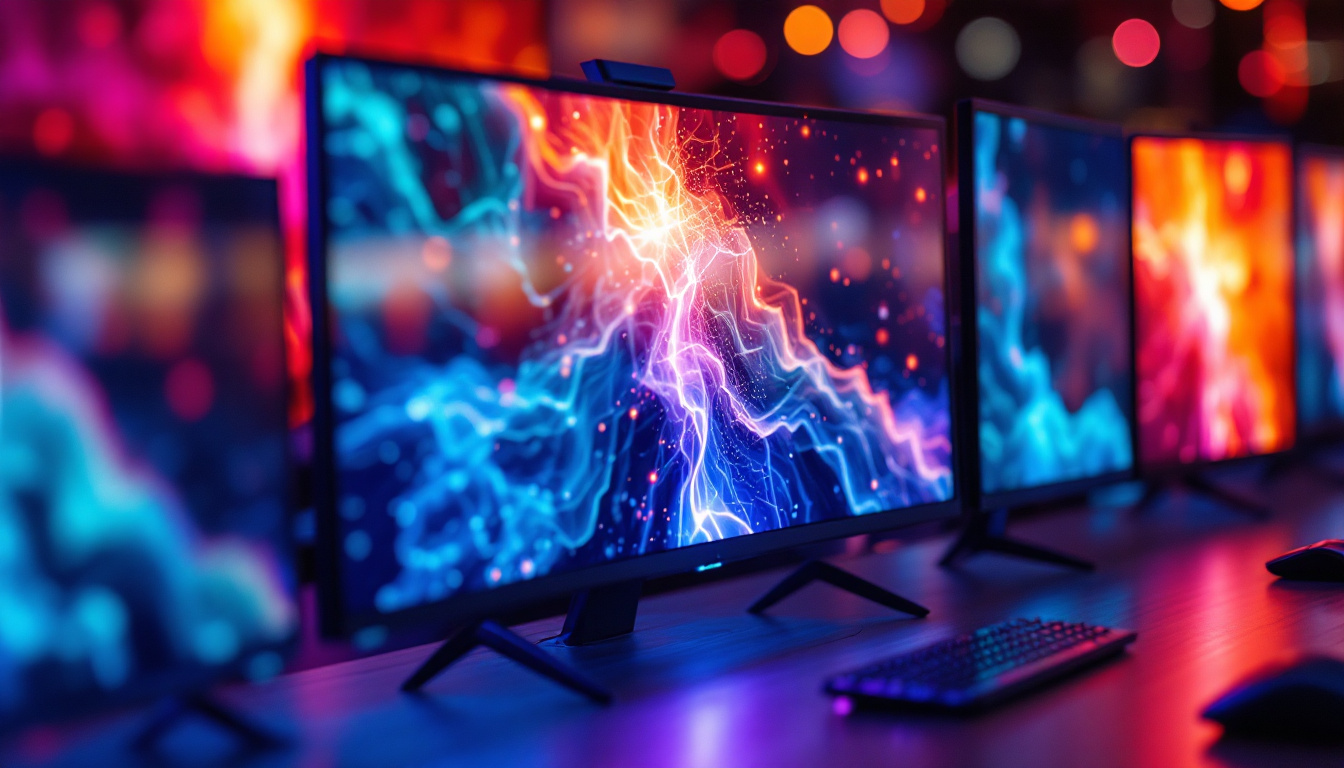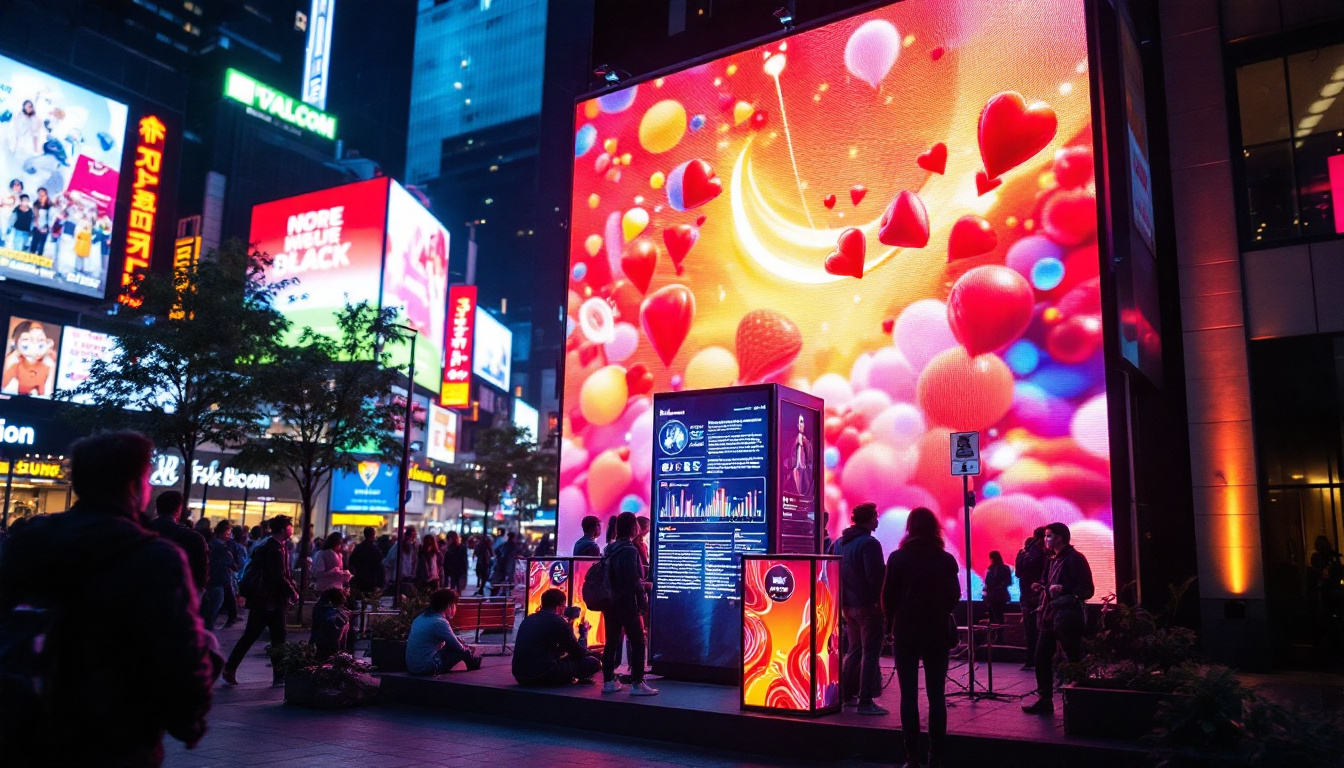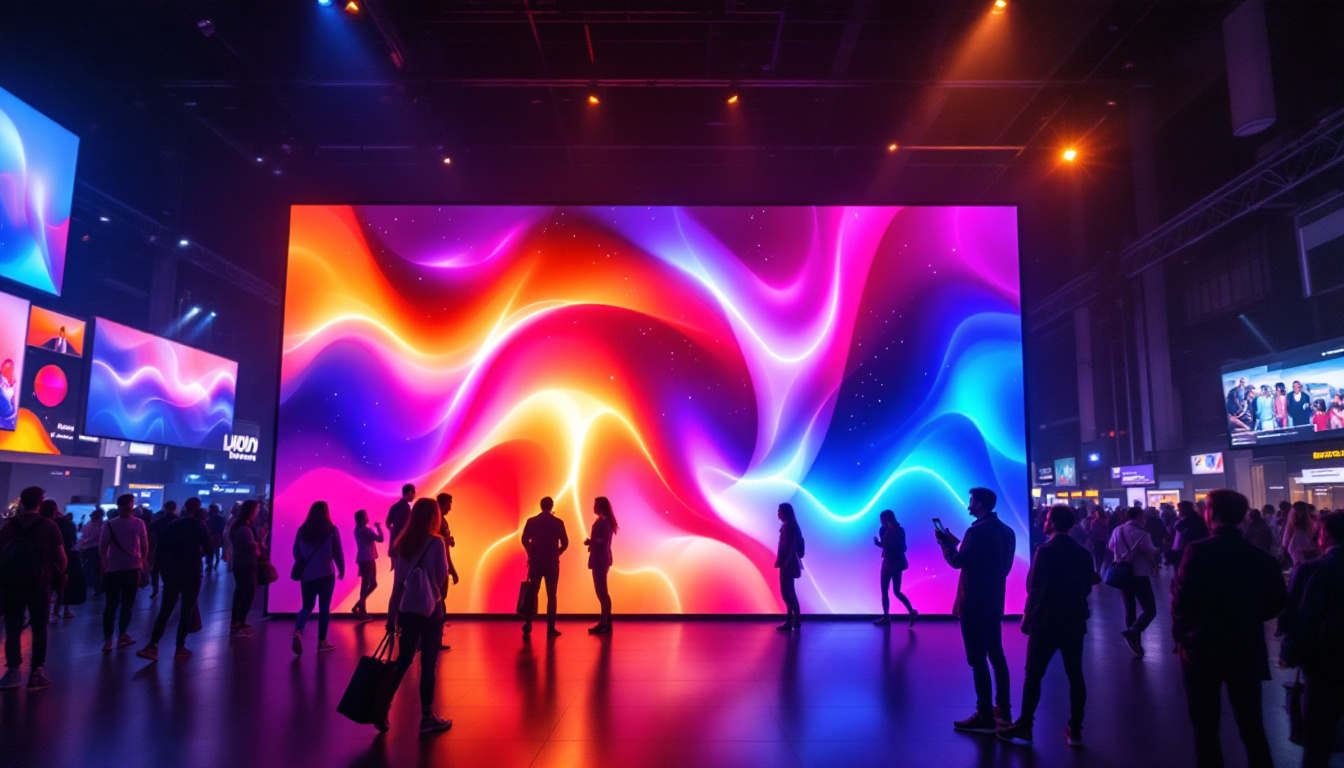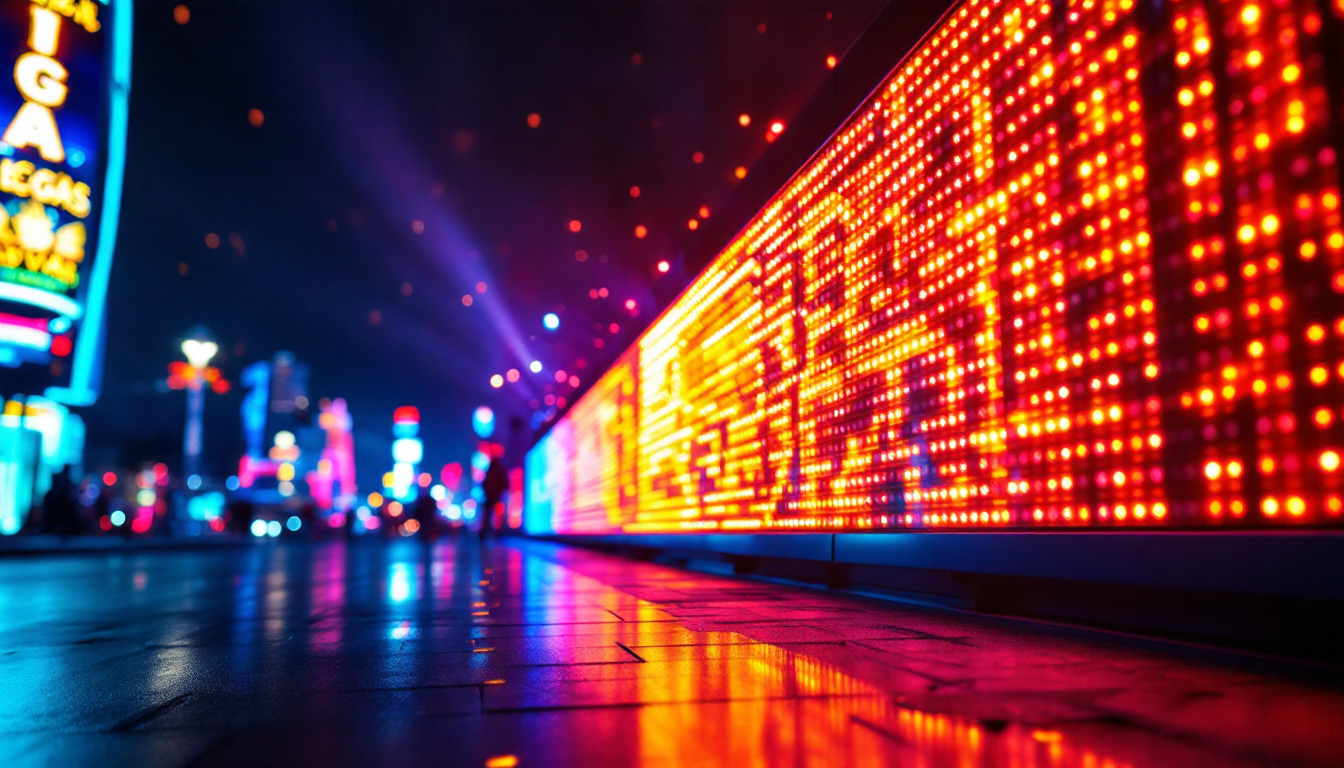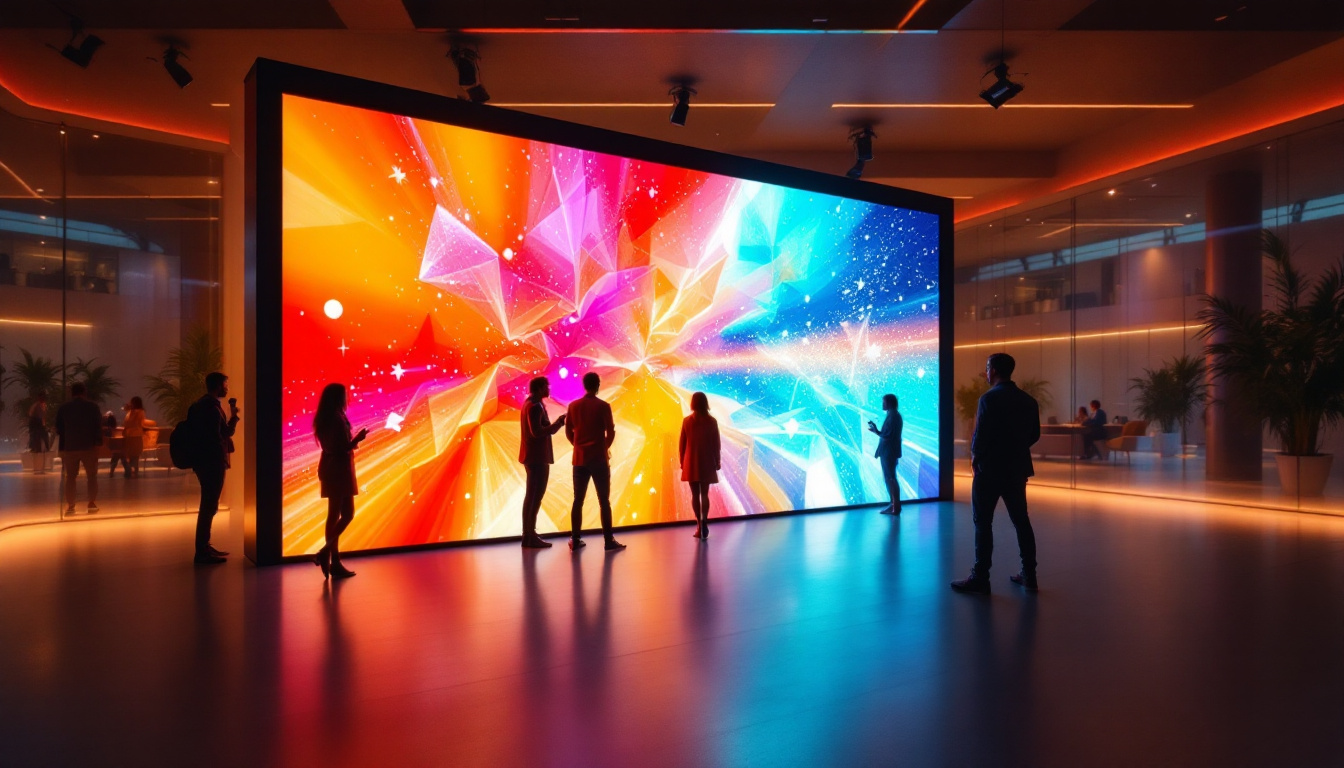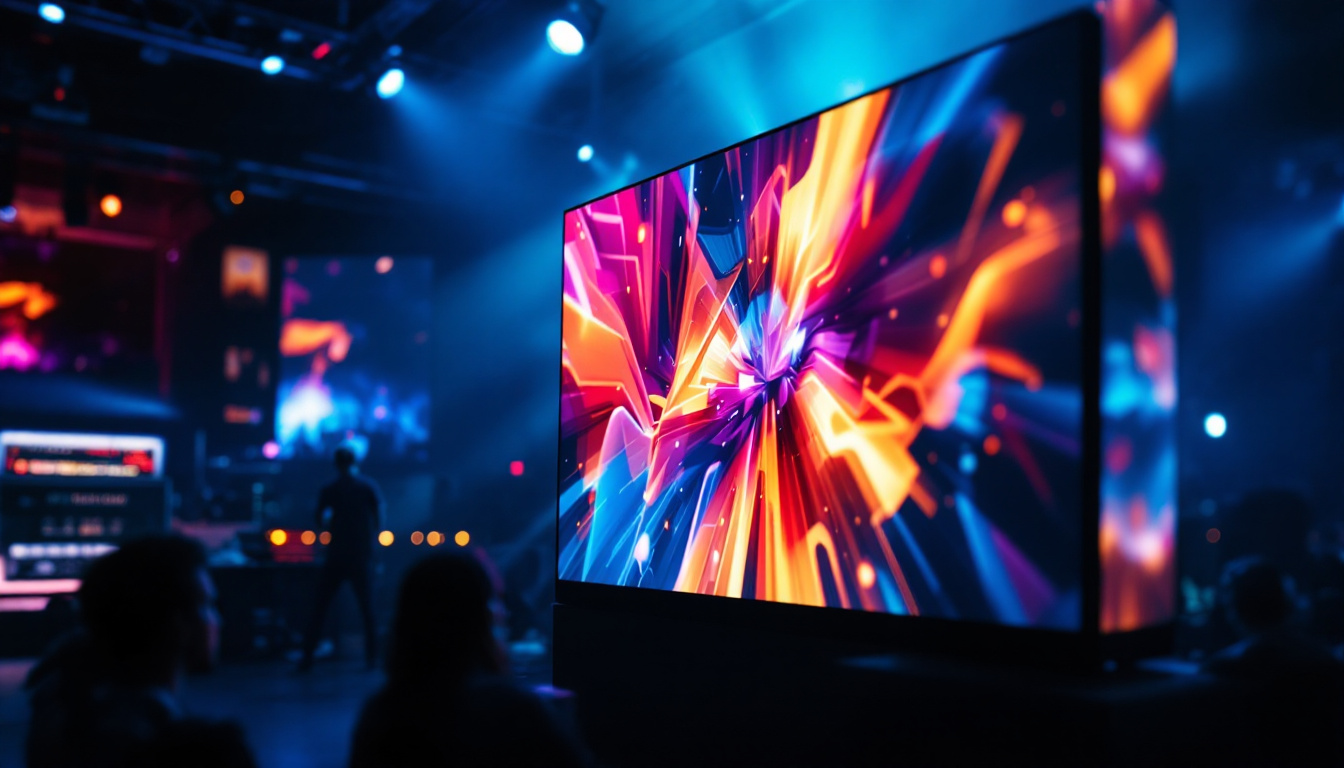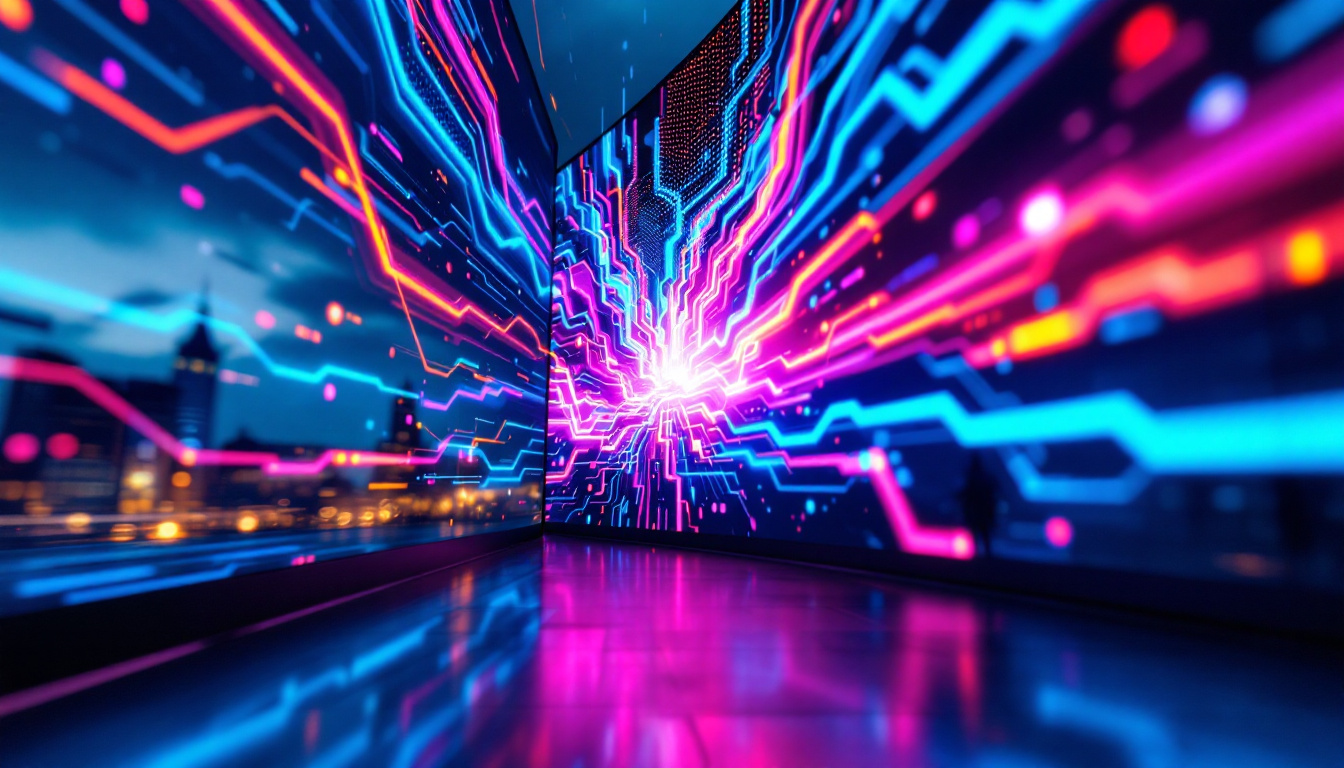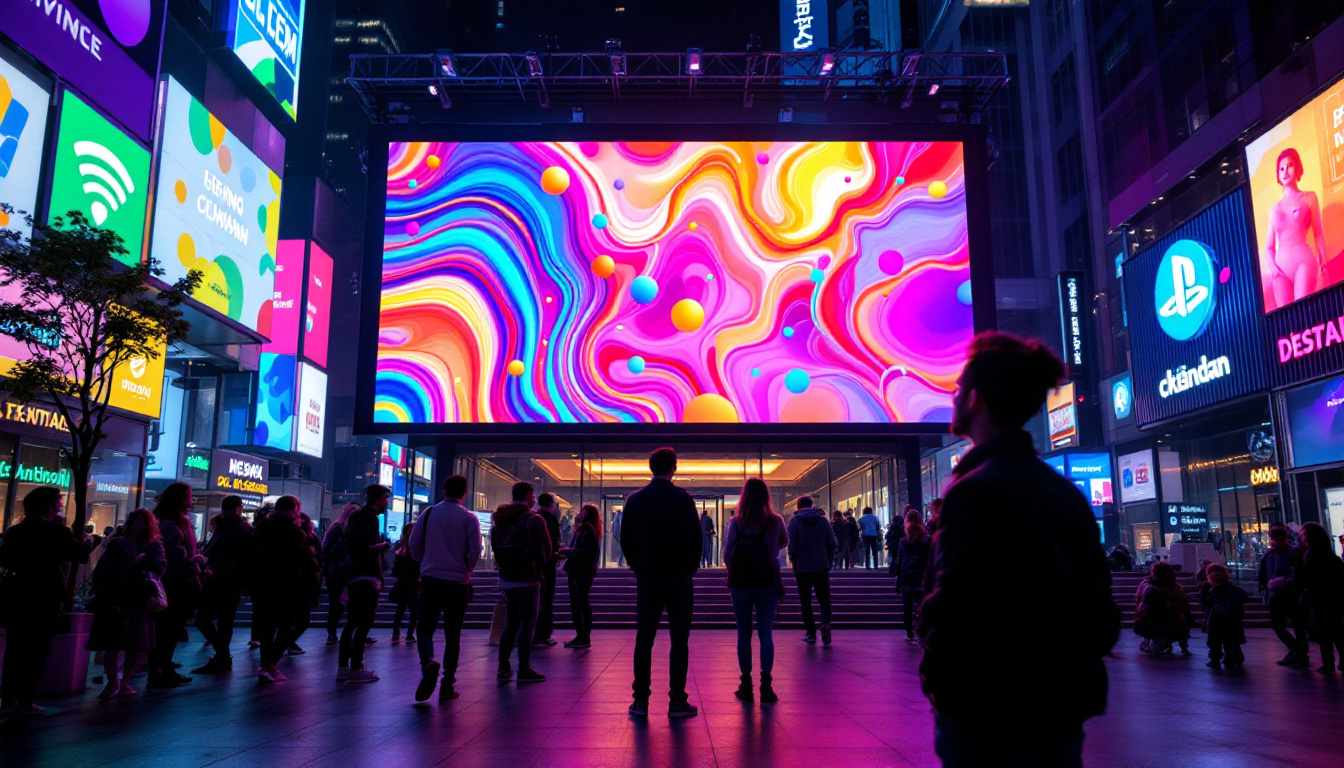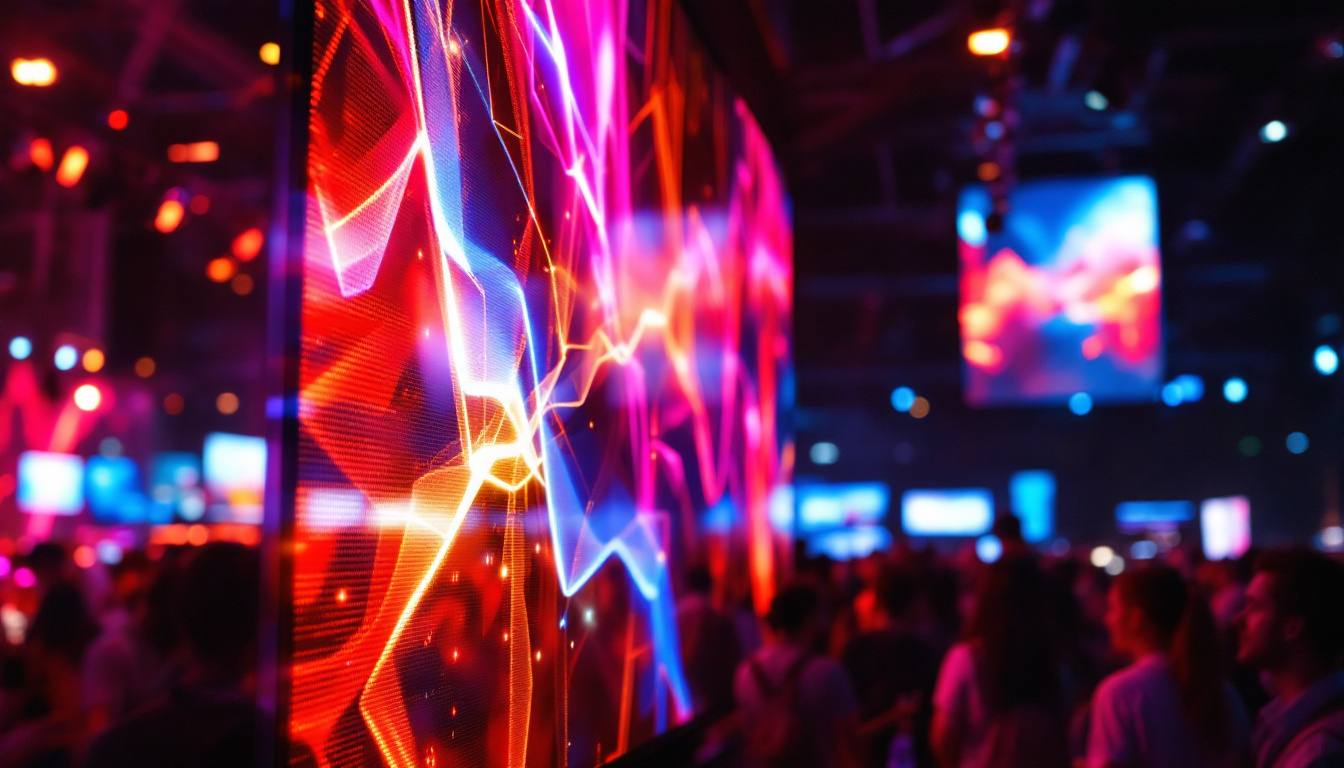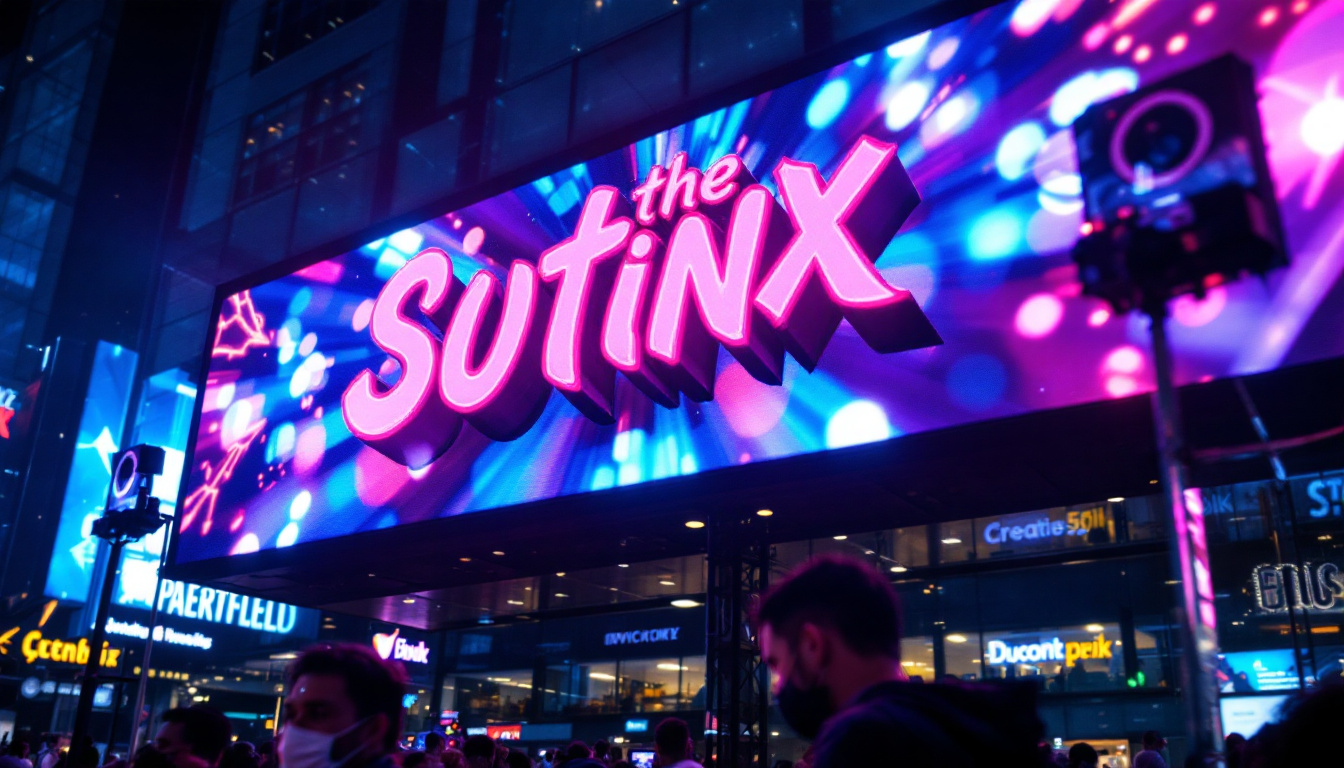In recent years, China has emerged as a global leader in the realm of advertising technology, particularly with the advent of 3D billboards. These innovative displays have transformed the landscape of urban advertising, captivating audiences with their stunning visual effects and engaging content. This article delves into the intricacies of 3D billboards, focusing on LED display technology and its implications for marketing and urban aesthetics in China.
The Rise of 3D Billboards
3D billboards have gained immense popularity in China, largely due to advancements in LED technology and a growing urban population that demands dynamic advertising. These billboards create an illusion of depth and movement, drawing attention in a way that traditional flat advertisements cannot.
Urbanization and Advertising Demand
China’s rapid urbanization has led to an explosion of consumerism, with cities becoming bustling hubs of activity. As more people flock to urban centers, advertisers have recognized the need for more engaging and memorable ways to capture the attention of potential customers. 3D billboards serve this purpose effectively, offering a visually striking alternative to conventional advertising methods. In cities like Shanghai and Beijing, these billboards have become landmarks in their own right, often featuring local culture and events, thus creating a sense of community while promoting brands. The sheer scale and creativity of these installations have transformed the urban landscape into a vibrant canvas of advertising art, making them not just a marketing tool but also a part of the city’s identity.
Technological Advancements
The evolution of LED technology has played a pivotal role in the development of 3D billboards. High-resolution displays are now capable of producing vibrant colors and intricate details, allowing for more immersive advertising experiences. The integration of animation and interactive elements further enhances viewer engagement, making these billboards a powerful tool for brands looking to stand out. Additionally, advancements in software have enabled advertisers to create customized content that can change in real-time based on factors such as time of day, weather conditions, or even audience demographics. This level of personalization not only increases the effectiveness of the advertising but also fosters a deeper connection between consumers and brands, as they encounter messages that resonate with their immediate context and environment.
How 3D Billboards Work
Understanding the mechanics behind 3D billboards is essential to appreciating their impact. These displays utilize a combination of LED technology, optical illusions, and advanced programming to create lifelike images that appear to leap off the screen.
LED Technology Explained
At the heart of 3D billboards is LED (Light Emitting Diode) technology. LEDs are small, energy-efficient light sources that can produce bright, vivid colors. When arranged in a matrix, they can create images that are both dynamic and visually appealing. The ability to control each LED individually allows for intricate designs and animations, making the displays adaptable to various advertising needs.
Creating the 3D Effect
The 3D effect in these billboards is achieved through a technique known as stereoscopy, which involves presenting two slightly different images to each eye. This creates the illusion of depth, allowing viewers to perceive the content as three-dimensional. Additionally, some billboards incorporate lenticular lenses, which manipulate light to enhance the 3D effect without the need for special glasses.
Content and Programming
Content is king when it comes to 3D billboards. Advertisers must create compelling visuals that resonate with their target audience. This often involves a collaborative effort between graphic designers, animators, and marketing teams. The programming behind these displays is equally crucial, as it determines how the content is presented and how it interacts with viewers. Real-time data integration can also be employed, allowing for dynamic content that changes based on factors such as time of day or audience demographics.
Applications of 3D Billboards
The versatility of 3D billboards makes them suitable for a wide range of applications. From product launches to public service announcements, these displays can be tailored to meet various advertising needs.
Brand Advertising
Many brands have embraced 3D billboards as a means of showcasing their products in a captivating manner. The ability to create lifelike representations of products can significantly enhance brand visibility and consumer interest. For instance, a beverage company might use a 3D billboard to depict a refreshing drink pouring into a glass, enticing passersby to make a purchase.
Event Promotions
3D billboards are also effective for promoting events, such as concerts, festivals, or sports games. By using dynamic visuals and animations, advertisers can generate excitement and anticipation among potential attendees. The visual spectacle of a 3D billboard can create a buzz that traditional advertising methods struggle to achieve.
Public Awareness Campaigns
Beyond commercial applications, 3D billboards can serve important social functions. Public service announcements, health campaigns, and environmental initiatives can leverage the attention-grabbing nature of 3D displays to convey critical messages. For example, a campaign promoting road safety might use a 3D billboard to illustrate the dangers of distracted driving, creating a lasting impression on viewers.
Case Studies of Successful 3D Billboards in China
Several notable examples of 3D billboards in China highlight their effectiveness and creativity. These case studies showcase how brands and organizations have harnessed this technology to achieve remarkable results.
The Coca-Cola Experience
Coca-Cola has been at the forefront of utilizing 3D billboards in China. One of their most memorable campaigns featured a massive 3D display in Shanghai, which depicted a virtual bottle of Coca-Cola that appeared to spill out onto the street. This eye-catching installation not only attracted attention but also encouraged social media sharing, amplifying the campaign’s reach.
Huawei’s Interactive Billboard
Huawei, a leading technology company, launched an interactive 3D billboard in Beijing that allowed users to engage with the display. Passersby could use their smartphones to interact with the billboard, unlocking exclusive content and promotions. This innovative approach not only showcased Huawei’s products but also fostered a sense of community and engagement among consumers.
Public Health Initiatives
In a bid to raise awareness about health issues, a public health organization in China implemented a series of 3D billboards focused on smoking cessation. These displays utilized striking visuals to convey the dangers of smoking and the benefits of quitting. The campaign successfully captured the attention of viewers and contributed to a noticeable increase in inquiries about smoking cessation programs.
The Challenges of 3D Billboards
Despite their numerous advantages, 3D billboards also face several challenges that advertisers must navigate. Understanding these obstacles is crucial for maximizing the effectiveness of such displays.
Cost Considerations
One of the primary challenges associated with 3D billboards is the cost. The technology required to create high-quality 3D displays can be expensive, from the initial investment in LED screens to ongoing maintenance and content creation. Brands must weigh the potential return on investment against these costs to determine if 3D billboards are the right choice for their advertising strategy.
Regulatory Hurdles
In many cities across China, regulations surrounding outdoor advertising can be stringent. Advertisers must navigate local laws and guidelines to ensure compliance, which can sometimes limit the creative potential of 3D billboards. This regulatory landscape necessitates careful planning and coordination with local authorities to avoid potential setbacks.
Viewer Fatigue
As 3D billboards become more prevalent, there is a risk of viewer fatigue. Audiences may become desensitized to the spectacle of 3D displays, diminishing their impact over time. To combat this, advertisers must continually innovate and refresh their content to maintain viewer interest and engagement.
The Future of 3D Billboards in China
The future of 3D billboards in China looks promising, with ongoing advancements in technology and a growing appetite for immersive advertising experiences. As brands continue to explore the potential of this medium, several trends are likely to shape the landscape of 3D advertising.
Integration with Augmented Reality
One of the most exciting developments on the horizon is the integration of augmented reality (AR) with 3D billboards. By combining AR technology with 3D displays, advertisers can create interactive experiences that allow viewers to engage with content in new and innovative ways. Imagine a 3D billboard that enables users to visualize a product in their own environment through their smartphones, enhancing the purchasing experience.
Increased Personalization
As data analytics and artificial intelligence continue to evolve, the ability to personalize advertising content will become more sophisticated. Future 3D billboards may leverage real-time data to tailor messages based on audience demographics and behaviors. This level of personalization can significantly enhance the effectiveness of advertising campaigns, ensuring that the right message reaches the right audience at the right time.
Sustainability Initiatives
With growing awareness of environmental issues, there is a push for more sustainable advertising practices. Future 3D billboards may incorporate eco-friendly materials and energy-efficient technologies, aligning with the values of environmentally conscious consumers. Brands that prioritize sustainability in their advertising efforts are likely to resonate more with today’s socially aware audience.
Conclusion
3D billboards represent a significant evolution in advertising, particularly in the vibrant urban landscape of China. By harnessing the power of LED technology and creative content, these displays have transformed the way brands connect with consumers. As the technology continues to advance and the advertising landscape evolves, 3D billboards are poised to play an increasingly important role in shaping the future of marketing.
As brands navigate the challenges and opportunities presented by this innovative medium, the potential for engagement and impact remains vast. With the right strategies in place, 3D billboards can captivate audiences, drive brand awareness, and ultimately contribute to the success of advertising campaigns in an ever-competitive marketplace.
Illuminate Your Brand with LumenMatrix
Ready to elevate your advertising to the next level? Discover how LumenMatrix can transform your brand’s visibility with our cutting-edge LED display technology. From bustling city centers to intimate indoor venues, our extensive range of solutions, including Indoor and Outdoor LED Wall Displays, Vehicle LED Displays, and more, are designed to create immersive visual experiences that captivate and engage. Embrace the future of visual communication with LumenMatrix and let your message shine with unparalleled clarity. Check out LumenMatrix LED Display Solutions today and step into the spotlight.

